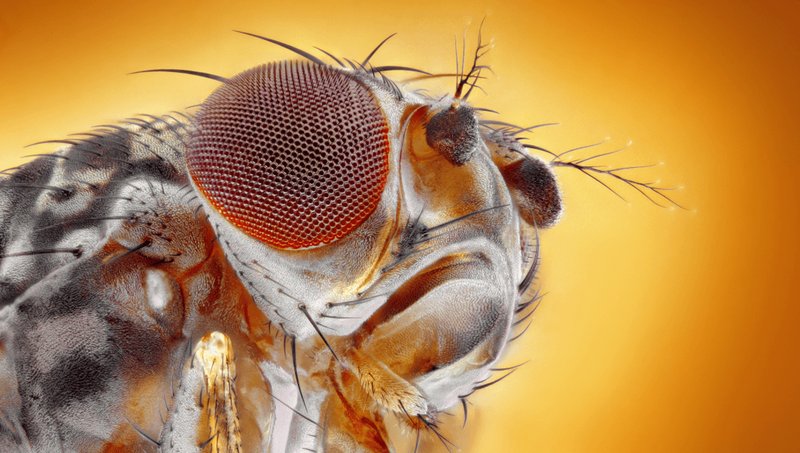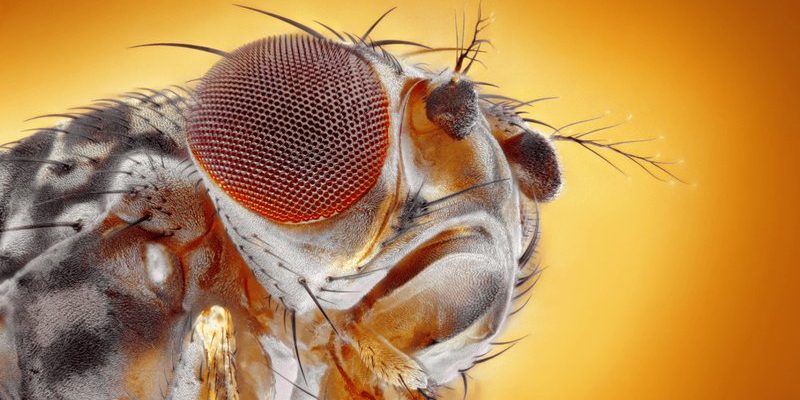
Now, I know what you might be thinking: “Why would anyone study flies?” Well, here’s the thing—these little insects are surprisingly complex. They’re like miniature laboratories, revealing secrets about life processes that are usually hidden from view. So, let’s dive into how scientists have been studying flies and what they’ve discovered along the way.
The Importance of the Fruit Fly in Genetic Research
When it comes to genetics, the fruit fly is a rock star. Scientists love them for a number of reasons. For one, they reproduce quickly—like, really quickly! A single pair can have hundreds of offspring in just a couple of weeks. This rapid life cycle allows researchers to observe multiple generations and track genetic changes over a short period. It’s like watching a fast-forward movie of evolution in action.
Also, fruit flies share about 60% of their genes with humans. Yes, you read that right! This genetic similarity means that studying flies can provide insights into human biology, especially in understanding genetic diseases. When researchers manipulate genes in flies, they can see how those changes might translate to larger organisms, including us. This is why they’ve been pivotal in groundbreaking research on conditions like cancer, diabetes, and neurodegenerative diseases.
Studying Behavior Through Fly Observation
Now that we know flies are important for genetics, let’s talk about their behavior. Honestly, watching fruit flies can be pretty entertaining. They engage in some fascinating activities, especially when it comes to mating rituals. Scientists have spent hours observing how these little guys court each other.
For example, male fruit flies perform specific dances, produce sounds, and even exchange pheromones to attract females. By studying these behaviors, scientists learn about the evolution of mating systems and social interactions in animals. It’s like having a front-row seat to nature’s theater.
Additionally, researchers look at how flies respond to certain stimuli—like light and food. This helps scientists understand sensory perception and decision-making processes. If you’ve ever wondered how creatures navigate their environment, the fruit fly is a great model for studying that.
Using Flies to Understand Diseases
You might be wondering how flies help with disease research. Well, here’s where it gets really interesting. Scientists have been able to create fruit fly models of various diseases, including Alzheimer’s and Parkinson’s. They introduce specific human genes that are linked to these conditions, allowing them to study the effects in real-time.
For instance, in studies on Alzheimer’s, researchers have observed memory loss and other cognitive declines in flies that carry the gene associated with the disease. By using these models, scientists can test potential treatments and gain insights into disease progression, all while keeping things ethical since the flies are much simpler organisms to work with than mice or humans.
The Role of Flies in Evolutionary Studies
Another exciting aspect of fly research is its contribution to evolutionary biology. Flies are incredibly diverse, and their widespread presence across different environments makes them perfect subjects for studying evolutionary processes. By examining variations in populations of flies, scientists can learn how environmental factors influence genetic adaptations.
For example, researchers have observed how fruit flies in warmer climates show changes in their heat tolerance compared to those in cooler areas. This kind of research helps us understand the broader principles of evolution and might even provide insights into how other species, including humans, adapt to changing environments.
Advancements in Technology and Fly Research
As technology advances, so do the methods for studying flies. Innovations like CRISPR gene editing have revolutionized the field. Scientists can now precisely edit the genomes of fruit flies to observe the effects of specific genetic changes. This has opened up even more avenues for understanding gene function and regulation.
Moreover, imaging techniques allow researchers to visualize the behavior and development of flies in ways that were previously unimaginable. Imagine being able to watch the development of a fruit fly eye from a single cell to a fully formed organ—this kind of detail helps scientists unlock the intricate workings of biological processes.
Collaboration Across Disciplines: The Fly Network
Another fascinating aspect of fly studies is how they’ve created networks of collaboration among scientists from various fields. Biologists, geneticists, and even computer scientists come together to analyze data and share findings. It’s like a web of knowledge, all centered around our tiny friends.
For example, bioinformatics—a field that combines biology and computer science—plays a crucial role. With enormous amounts of data generated from fly studies, scientists use computational tools to analyze patterns and draw conclusions. This collaborative spirit not only enhances our understanding of flies but also leads to advancements in our understanding of broader biological concepts.
So, what’s next for fruit fly research? With emerging technologies and collaborative approaches, the potential is enormous. As we continue to unravel the mysteries of these tiny creatures, we gain insights into genetics, behavior, disease, and evolution. Flies may be small, but their impact on science is anything but.
Next time you see a fly buzzing by, remember that they’re not just irritating little insects. They’re tiny, powerful organisms contributing significantly to our understanding of life itself. And who knows—maybe they’ll help unlock the secrets to some of humanity’s biggest challenges in health and disease.

